In early April 2017, as a part of a briefing, I received a folder with several pictures of Klub Kompass (Ghent, Belgium). I was asked to get inspired by these pictures and also to consider using press photos of artists in developing the trailer for a new traveling a/v event Vision.
Since I had just finished a project for which I studied the history of rave culture, my head was still overflowing with ideas about the ‘practice’ of partying. What elements or ingredients are needed to create a space for people to vibe in, for people to open up their minds, connect to the physical environment, the performing artists and each other? What types of behaviours should be facilitated, stimulated? And how does this influence the design of the space in which electronic music is experienced? Relating to this new project I asked myself in what ways one can reference or illustrate these subjects in a short video.
I ran a couple pictures of Klub Kompass through a visually similar images search tool: a combination of several algorithms is used to reverse search an uploaded image by mapping out its technical and visual properties and matching these with content from a database of categorized media.
Computer vision and representation:
An image manifests somewhere in the space that is outlined by the following four aspects: First, the agency and capacity of a person or object to present itself. Second, the choices that are made by who or whatever is performing documentation. Third, the possibilities and limitations of the tools and/or technology that are used in the act of documenting. And finally, seeing and interpreting information. Or rather: how our vision interweaves with the things we are programmed and taught to know and believe.
By using the visually similar images search tool, I've referenced the monumental and industrial character of Klub Kompass. More importantly, I’ve created archives of media content for 5 performing artists that are on the line-up of Vision’s first event. These archives expose the choices and technology that are embedded in the artist's press photos.
Something interesting that stood out in the process of this project is the differences between the two search engines I have used: Yandex (Russia's most popular search engine with 5 billion search queries per month) and Google (100 billion search queries per month). Google recognised my subjects. This disrupted how I was looking to find media content based exclusively on the visual properties of my source files. As it turned out, a side effect of using Yandex is that my results revealed how the engine itself is Russian (I invite you to have a second look considering this).
Links:
Berger, J. (1994), Ways of Seeing
[tw19751]. (2012, October 9) John Berger / Ways of Seeing , Episode 1 (1972)
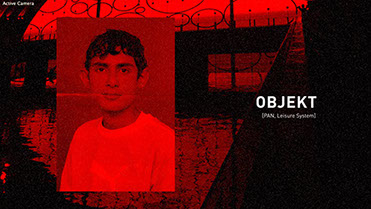
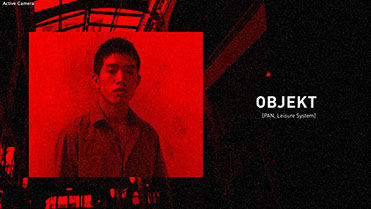
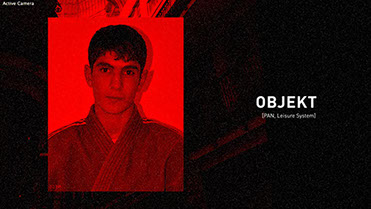
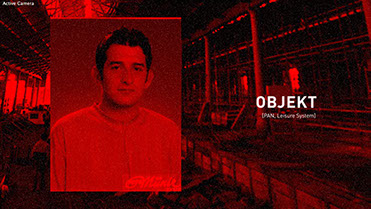
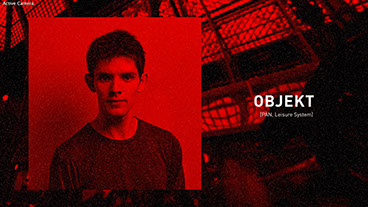
jeissondrenth@gmail.com